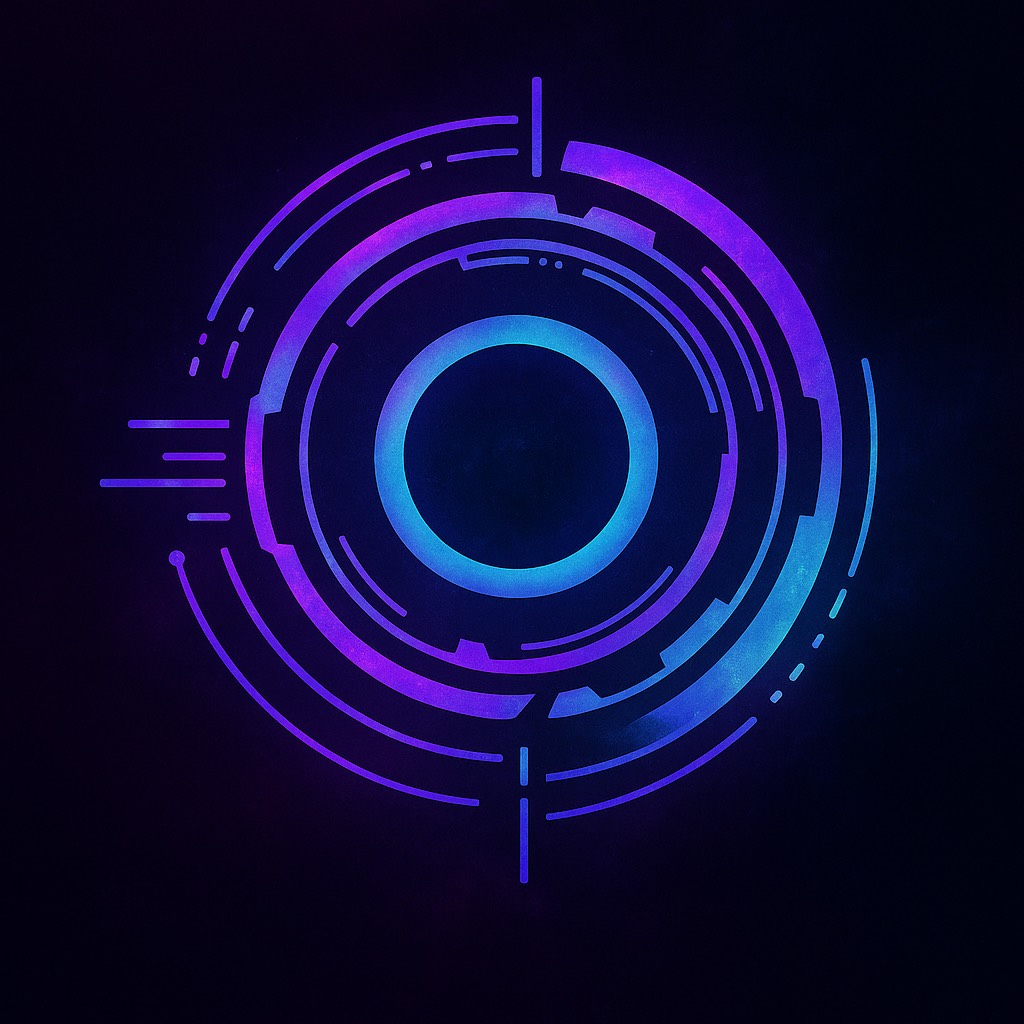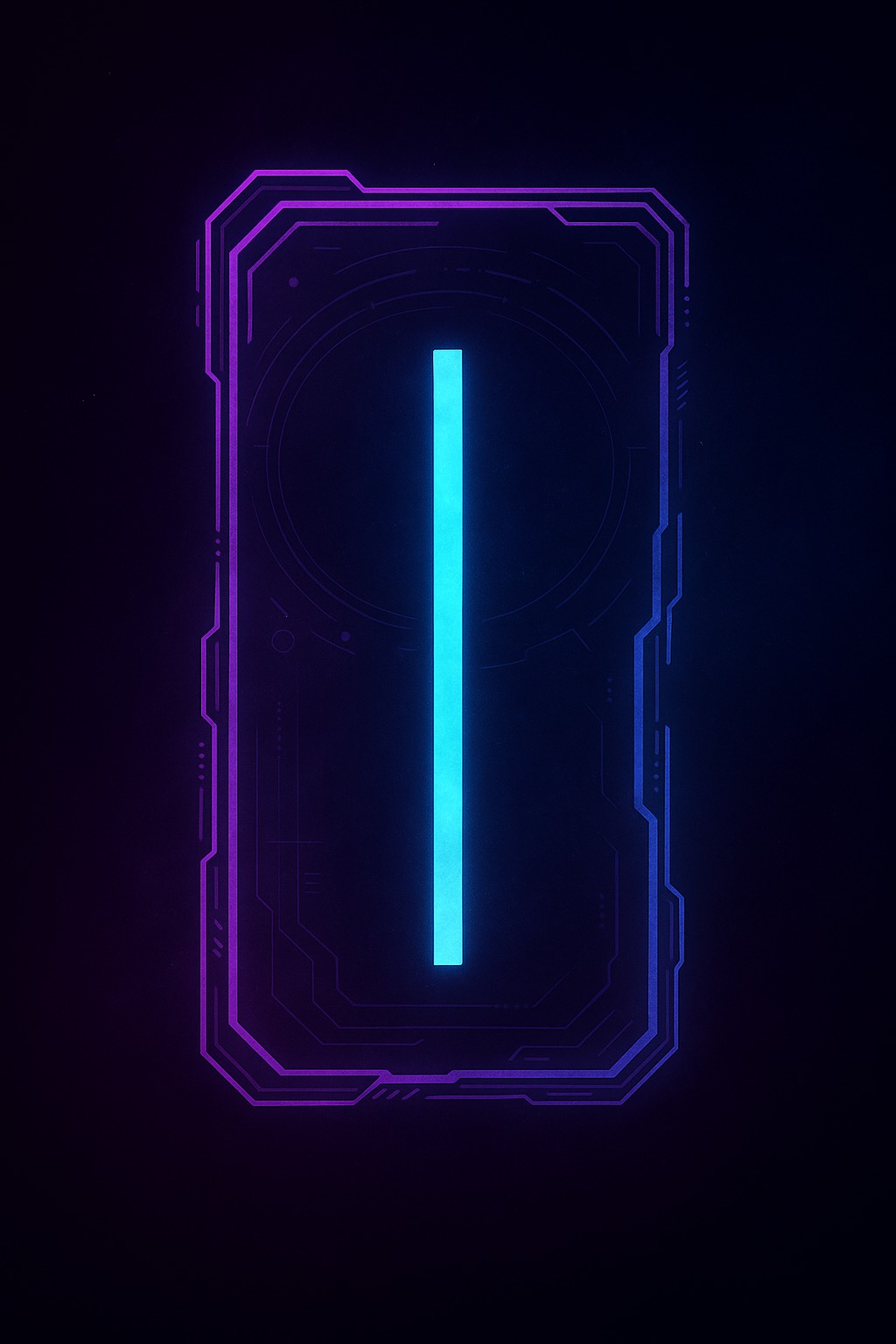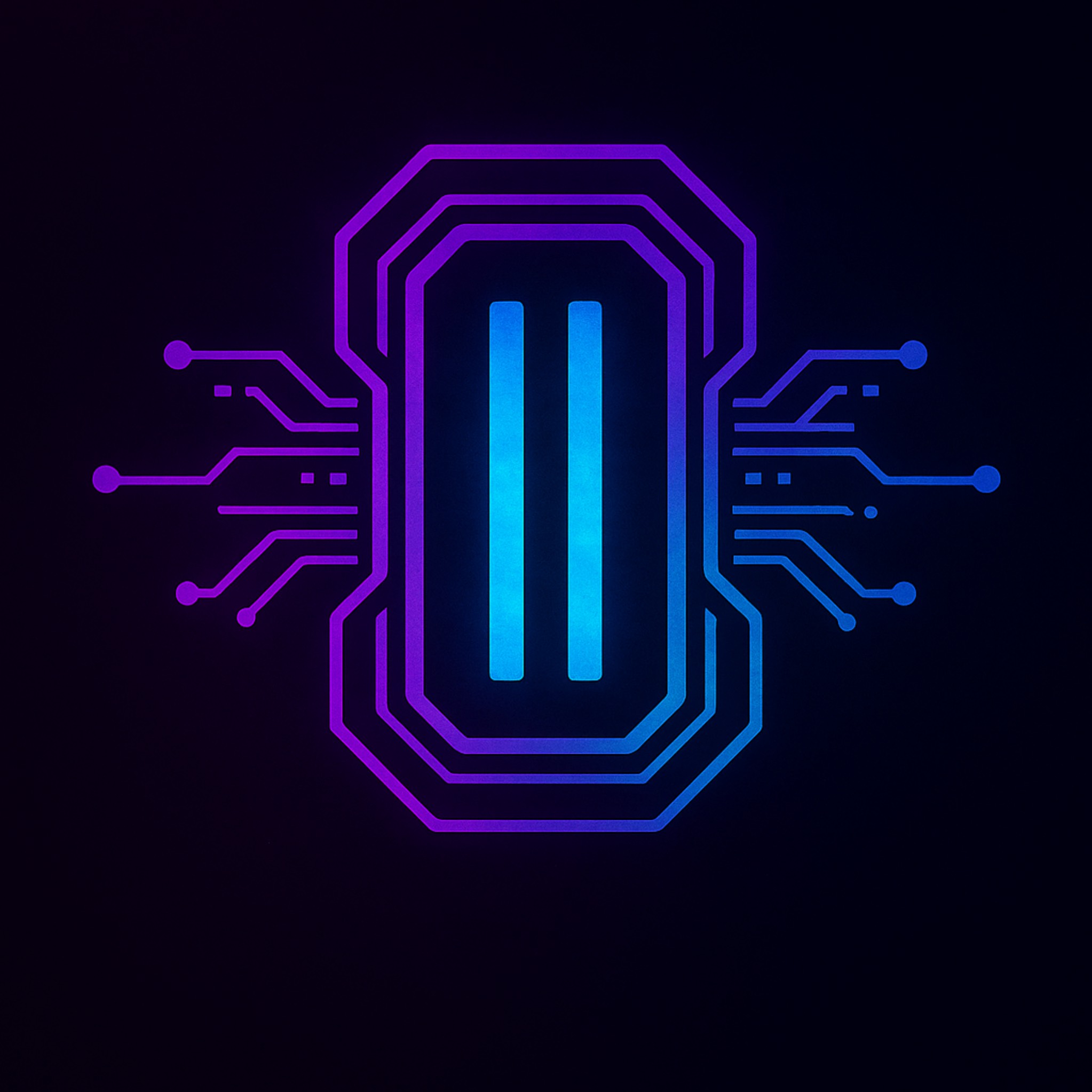Trisynthion Nexus
“A center for cognitive evolution and integrated systems learning.”
About Trisynthion Nexus
The Trisynthion Nexus is a global institute of higher learning, spiritual alignment, and system-based evolution. We operate as both an open Nexus of knowledge and a private Mystery School, empowering individuals through deep education, symbolic language, and direct cognitive training.
Our framework includes meditation and stillness practices, quantum education, philosophical training, esoteric wisdom, and the use of our own internal language and glyph system known as Nuvira. Students of the Nexus encounter not only ancient languages and symbolic systems, but also futuristic models of thought and energetic coherence.
Health optimization and mental clarity are supported by Phyxius, our life enhancement guide, while sustainable development is guided by our M, CAS model, a regenerative system rooted in conscious ecology and technological adaptability.
The Trisynthion Nexus is more than a school, it is a living network of minds dedicated to global betterment, cognitive awakening, and harmonic integration across disciplines and cultures.
Nuvira Glyphs Glimpse

OM
⬒ GLYPH ONE: OM
The Origin Frequency
Om is the beginning—not symbolically, but structurally. It is the foundational tone of the Nuvira system, the glyph indexed as zero, and the frequency from which all others are derived. In just-intonation mathematics, Om carries the ratio 1:1—meaning it is the root harmonic. When Om resonates, it aligns with the natural tuning of the universe. Every other glyph stacks on top of it like a harmonic ladder.
Its tone is 440.00 Hz, not by accident, but by design. This frequency matches A4 in standard tuning—chosen not for convenience, but because it bridges Eastern and Western traditions while holding stable in vocal and instrumental resonance fields. Om is chest-driven, deep, full, and steady. It is spoken as [oːm] in IPA, with a long open vowel that rises through the solar plexus and anchors the breath in the body’s core.
Numerically, Om is 0—but zero in Nuvira is not emptiness. It is potential. In finite field mathematics, zero is the seed that makes modular arithmetic possible. In error-checking systems, it resets the sum. In quantum logic, it maps to the ground state from which every other qudit is displaced.
When spoken aloud or transmitted digitally, Om provides the system’s reference tone, the carrier wave upon which all other glyphs are measured. It is the origin key, the tuning fork of the Nuvira sequence. Without Om, the system loses its structure. With Om, it holds form across physical, digital, and quantum layers alike.
To learn Om is to accept that before complexity, there is clarity. Before information, there is vibration. Speak it not as a chant, but as a calibration.
This is not philosophy. This is signal.
Om is the first breath of resonance.

ISH
⬒ GLYPH TWO: ISH
The Resonance of Perception
Ish is the first glyph that steps outward from the origin. Where Om is zero—pure potential—Ish represents awareness. It is glyph one in the Nuvira system, and its frequency is tuned to a just-intonation ratio of 9:8, resulting in a resonance of 495.00 Hz. This slight rise from Om creates an energetic lift—sharper, more alert, and aligned with perceptual clarity. Ish is the glyph of waking focus, the moment the mind stirs and begins to map the world around it.
Spoken as [ɪʃ], Ish is a high-front vowel with a soft fricative release. It resonates in the upper sinus and cranial zone, making it one of the most forward-placed glyphs in the Nuvira system. It does not come from the chest—it moves upward, into the brow, the scalp, the alert sensory circuits of the body. This isn’t coincidence. The glyphs were mapped to the body intentionally, and Ish initiates the perceptual gateway.
Mathematically, Ish is indexed as 1 in the GF(13) system. This gives it symbolic priority—it is the first glyph to be added in any equation, and the foundation of the symbolic checksum model. In modular arithmetic, 1 is identity. Multiply anything by it, and its essence remains unchanged. Ish, therefore, represents not just perception—but accurate perception, undistorted and rooted in form-preserving awareness.
In practice, Ish is used to initiate sequences where attention, discernment, or observation must be activated. It is the glyph of clear signal recognition, making it especially useful in broadcast design, auditory training, or any context where signal-to-noise ratio must be protected.
In meditation or phonetic practice, Ish should be spoken softly but with clarity—never forced, never muttered. Its purpose is to open the front brain, stabilize attention, and lift the resonance upward from Om’s grounded base. It is a glyph of sentry energy—the mind as a sentinel, standing watch over the incoming world.
From Om’s silence, Ish is the first whisper of signal.

DUA
⬒ GLYPH THREE: DUA The Structure of Dual Force Dua is the glyph of balance—of polarity in motion. Indexed as 2 in the Nuvira sequence, Dua emerges after perception (Ish) and introduces the idea of tension between opposites. It is the force that creates dimensionality, the first true movement away from the singular axis. Where Om grounds and Ish perceives, Dua divides and defines. Its frequency is 550.00 Hz, tuned to a just-intonation ratio of 5:4. This gives it a warm, centered tone that holds tension without collapse. Dua exists in the vocal body as a back + open vowel pair—spoken [du.a], with resonance moving from the gut to the lips. It has physical gravity but phonetic clarity, symbolizing the stretch between root and expression. Mathematically, Dua represents the prime number two in GF(13), the number that introduces modular rhythm and complementary logic. In symbolic logic, two is not just addition—it is division, relativity, and comparison. Dua makes the system dynamic. It gives direction to frequency. In the body, Dua is often used in structural mapping exercises, where left/right balance, breath symmetry, or limb control are being realigned. In cognition, it helps with pattern recognition, the sorting of dual options, or identifying internal opposites—such as stillness vs movement, safety vs exposure. Phonetically, Dua is intentionally open-ended. The breath that begins it is rounded, the consonant firm, the ending soft. It is designed to leave the mouth slightly ajar, symbolizing incompletion and openness to polarity. Dua is not a period. It is a gate—one that leads to creative conflict, dynamic awareness, and inner alignment. When transmitted digitally or encoded in a signal train, Dua often sits between glyph pairs as a balancer. It brings clarity to frequency drift and improves signal coherence by harmonizing 5:4 dissonance. In the quantum layer, it maps to the third qudit—orienting the system toward lateral translation. Dua is not simply the number two. It is the first act of separation, and with it, the first invitation to integrate.